Updated on May 1st, 2023
Many students dream of attending college in Washington State. If your student is among them, doing some research before making the leap is essential. Along with choosing an outstanding school, they’ll need to examine the cost part of the equation.
If your student plans on attending college in Washington State, scholarships can make nearly any school affordable. If you and your student want to learn about Washington State scholarships, sign up for our free college scholarship webinar! Take a quick trip over to http://thescholarshipsystem.com/freewebinar to reserve a spot today.
Luckily, it’s easier to manage with the right strategy. If your student wants to attend college in Washington State, here’s what they should know.
Contents
About Washington State
Washington State is captivating and culture-rich. Known for its amazing parks and greenery, it’s an outdoor enthusiast’s paradise. Plus, it has an incredibly intriguing history and strong arts community, ensuring there’s something everyone can appreciate about it.
On the weather side, Washington State has a reputation for rain. On the western side of the state, many areas technically qualify as rainforests, though the eastern side can be far drier than many people expect.
As for temperatures, there’s a big spread. Washington State is large, and its unique topography creates some diverse zones. Highs may average near 78°F during the summer on the western side, but they often reach into the 105°F to 115°F range on the eastern side during the peak of summer. During the winter, lows are usually near 23°F. However, it can get to -10°F or -20°F in some portions of the state on occasion.
Elevation plays a big role in snowfall. While the mountains may receive 200+ inches during the colder months, lower areas in the Puget Sound area may only get 10 inches during the year.
Colleges and Universities in Washington State
Overall, Washington State has 108 colleges and universities within its borders. Of those, 72 are four-year institutions, while 36 are community colleges in Washington State.
With that many colleges and universities in WA, exploring them all isn’t practical for most students. Fortunately, with a great strategy, it’s possible to streamline the process.
College Towns in Washington State
Instead of focusing on the best colleges in Washington State first, your student may want to explore college towns in Washington State. That helps them find cities with youthful vibes and amenities geared toward young adults, which may lead to a better overall experience.
Here are some of the Washington State college towns:
- Bellingham
- Bellevue
- Kent
- Pullman
- Spokane
- Tacoma
- Vancouver
Students may be wondering why Seattle isn’t on the list. Mainly, this is because it’s a massive city. While it has plenty of amenities, it doesn’t cater to college students to the same degree. Additionally, it’s far more expensive than most cities in the area, which can make living there challenging if you don’t have ample income. Still, it can be a great fit for students, so your student shouldn’t overlook it if Seattle is the home of their dream school.
Major Washington State Colleges and Universities
Another approach that can work is exploring the major Washington State colleges and universities as a starting point. In most cases, these schools have solid reputations, a broad selection of programs, and fantastic amenities.
Here is a list of major Washington State colleges and universities:
- Central Washington University
- Eastern Washington University
- Gonzaga University
- Pacific Lutheran University
- Saint Martin’s University
- Seattle Pacific University
- Seattle University
- The Evergreen State College
- University of Puget Sound
- University of Washington
- Washington State University
- Western Washington University
- Whitman College
- Whitworth University
It’s important to note that deviating from the list above is fine if there is a better university or community college in Washington State for your student’s needs. Ultimately, the best college in Washington State is the one that feels like a match, as that will provide your student with the optimal experience.
Washington State Financial Aid
Most students require some degree of financial aid to attend university or community college in Washington. While student loans are a form of financial aid, they aren’t typically the ideal choice. Student loans result in debt, which can be a significant burden. Fortunately, there are other forms of financial aid that make Washington State colleges and universities far more affordable.
Washington State scholarships and grants don’t involve debt. Instead, as long as students meet the conditions of the awards, they never have to pay back the funds.
In many cases, Washington State college scholarships and grants have residency as a requirement. Generally, that means a student must reside in the state for non-educational purposes for a minimum of one year and have an established domicile to become eligible.
Now, those rules typically only apply to Washington State scholarships and grants. Out-of-state students are usually still eligible for many institutional awards. As a result, those looking at attending college in Washington State who don’t meet the residency requirements may want to focus on those options and national awards that can be used at nearly any school.
Washington State College Grants
Functionally, grants in Washington State operate similarly to Pell Grants; they’re just overseen at the state level instead of the federal level. That makes them excellent options for reducing the cost of college.
Here are some Washington State college grants your student might want to check out:
- National Guard Postsecondary Education Grant
- Opportunity Grant
- Passport to Careers Program
- State Work-Study
- Washington College Grant
- Washington Health Corps Program
- Washington State Educator Workforce Program (EWP)
Washington State Scholarships
Scholarships in Washington State are relatively plentiful, giving students some solid options for reducing their college costs. While residency is usually essential, there are often more requirements students need to meet, too.
As with grants, the must-haves for Washington college scholarships can vary by issuing organization or award. Still, students should review as many options as possible, ensuring they apply for as many scholarships as they can to reduce their chances of needing student loans.
Here are some college scholarships in Washington State that are worth exploring:
- Aerospace Loan Program (ALP)
- American Indian Endowed Scholarship
- Arc of Washington Trust Fund Student Stipend Program
- College Bound Scholarship
- Grieg Lodge Scholarship Fund
- Korean American Scholarship Foundation – Western Regional Chapter
- Matsuo Bridge Company, Ltd. of Japan Scholarship
- NIADA Foundation Regional Scholarships
- Northwest Osteopathic Medical Foundation Scholarship Program
- Pride Foundation Scholarships
- Stimson Bullitt Civic Courage Scholarship
- The State Association of the Daughters of Pioneers of Washington Scholarship
- The Washington Thoroughbred Foundation Scholarship
- Washington State Opportunity Scholarship
Living and Getting Around in Washington State
While students attending college in Washington State may spend most of their time on campus, the odds that they won’t need to venture out are slim. They might want to head out for some fun or may decide that living off-campus is a better fit.
In any case, knowing what living and getting around in Washington State is like is essential. Here’s an overview.
Housing in Washington State
Choosing between a dorm and an apartment isn’t always easy. However, by looking at the housing market in Washington State, it’s often easier for students to decide.
Housing in Washington State is pricy by most standards. The average home value is $606,643, which is $269,083 above the national average of $337,560. As a result, students typically can’t afford to buy.
For rentals, the fair market value of a one-bedroom is $1,247 per month, while a two-bedroom comes in at $1,524 per month. That may make a two-bedroom seem affordable if the cost is split with a roommate. However, others might decide that dorming is a wiser choice with prices like that.
For those attending college in Seattle, Washington, a dorm may be an even better option. In Seattle specifically, the fair market value for a one-bedroom is $1,599 per month, while a two-bedroom is $1,906. Even a studio apartment can run $1,523 per month. As a result, those attending some of the best Seattle universities may not be able to afford their own apartment, even with a roommate.
Transportation Options
Getting around Washington State isn’t overly tricky. Along with airports for flights, Washington State has train service that can help students get between cities, if not further. There are also typical local options like taxis and rideshares. Plus, most cities have some degree of public transportation.
For air travel, Washington State has two main airports, one on each side of the state. Generally, they can handle any student’s travel needs. However, there are also some regional airports.
Here are the airports in Washington State:
- Bellingham International Airport
- Friday Harbor Airport
- King County International Airport
- Pangborn Memorial Airport
- Pullman-Moscow Regional Airport
- Seattle-Tacoma International Airport (SEA)
- Spokane International Airport (GEG)
- Tri-Cities Airport
- Walla Walla Regional Airport
- Yakima Air Terminal
Washington State is also part of three major rail routes: Amtrak Cascades, Coast Starlight, and Empire Builder. Here is a list of Washington Amtrak stations:
- Bellingham, WA
- Bingen-White Salmon, WA (BNG)
- Centralia, WA (CTL)
- Edmonds, WA (EDM)
- Ephrata, WA – Transportation Center (EPH)
- Everett, WA (EVR) (pictured above)
- Kelso-Longview, WA (KEL)
- Leavenworth, WA – Icicle Station (LWA)
- Mount Vernon, WA
- Olympia-Lacey, WA (OLW)
- Pasco, WA (PSC)
- Seattle, WA – King Street Station (SEA)
- Spokane, WA (SPK)
- Stanwood, WA
- Tacoma, WA (TAC)
- Tukwila, WA
- Vancouver, WA (VAN)
- Wenatchee, WA – Amtrak Station (WEN)
- Wishram, WA (WIH)
Things to Do in Washington State
Students have plenty of options for fun and recreation in Washington State. For outdoor enthusiasts, Olympic National Park, Mount Rainier National Park, and North Cascades National Park are exceptional options, creating opportunities for hiking, biking, trail riding, and more.
The San Juan Islands are another exciting destination, offering up whale-watching experiences and other water-based fun. Another option for fans of the deep is the Seattle Aquarium, giving you an indoor option for enjoying sea life.
If you’re looking for an unconventional destination, Leavenworth is a fantastic option. It’s modeled after a Bavarian town and is an incredibly popular location, especially during Octoberfest and near the winter holidays.
For students that prefer spending time in cities, the Seattle Center and Space Needle are must-see attractions. Pike Place Market is a fun, quirky shopping experience, while the Olympic Sculpture Park lets visitors combine an outdoor stroll with an artistic experience.
Making Money in Washington State
Many students attending the best colleges in Washington State feel that working while they study is a necessity. It may help them avoid debt, give them spending money to stay comfortable, or let them save for the future.
Since that’s the case, it’s helpful to learn a bit about the Washington State economy. Here’s what students need to know about making money in Washington State.
Minimum Wage
College students commonly end up in minimum wage roles. In some cases, it’s because they’re actively learning in the position, effectively taking their first steps into the workforce. In others, it’s because they focus on part-time jobs that can work around school schedules, causing them to focus heavily on restaurants, hospitality, and retail.
Since the minimum wage is commonly what students earn, it’s vital to understand the local rate. In Washington State, the minimum wage is $14.49 per hour for both tipped and non-tipped workers. However, some cities require employers to pay a higher rate. In Seattle, the minimum is $17.27 per hour, while in SeaTac, the minimum is $17.54 per hour.
Employment Rates
Since working part-time is common for students, understanding the local job market is essential. One big factor to consider is local unemployment rates. Generally, when unemployment is low, opportunities are reasonably easy to capture. When unemployment is high, it can make finding a job challenging.
Overall, Washington State has a reasonable unemployment rate, sitting at 4.2 percent (as of March 2022). While that’s higher than the national average, which was 3.6 percent during that same period, it isn’t so high overall that most students struggle to find positions.
Washington State Key Industries
Washington State has an incredibly diverse economy. Since that’s the case, that could mean ample opportunities for students or recent graduates looking to launch exciting careers in thriving fields.
While it’s known for certain thriving sectors – such as technology, aerospace, and forestry – those aren’t the only flourishing industries. Agriculture and food manufacturing are big business in Washington State. The same goes for clean technology and alternative energy.
The maritime industry is also a significant part of the state’s economy. The same goes for military and defense, as well as life science and global health.
If your student plans on attending college in Washington State, scholarships can make nearly any school affordable. If you and your student want to learn about Washington State scholarships, sign up for our free college scholarship webinar! Take a quick trip over to http://thescholarshipsystem.com/freewebinar to reserve a spot today.
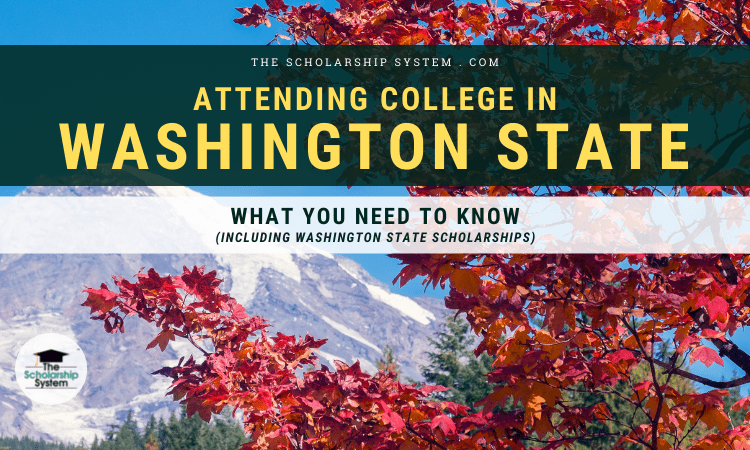

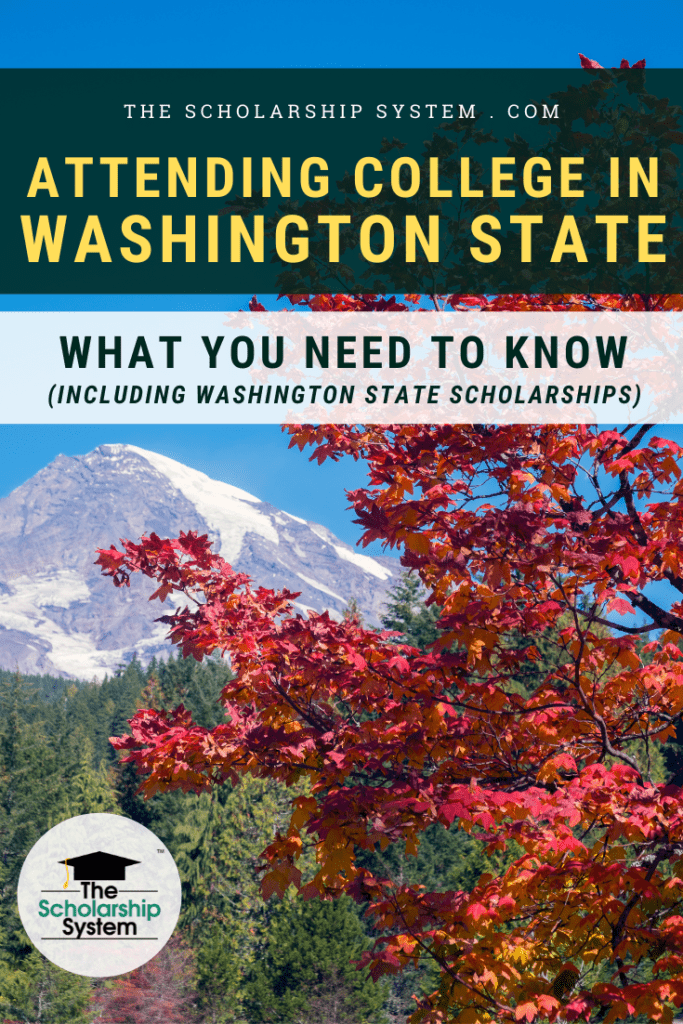
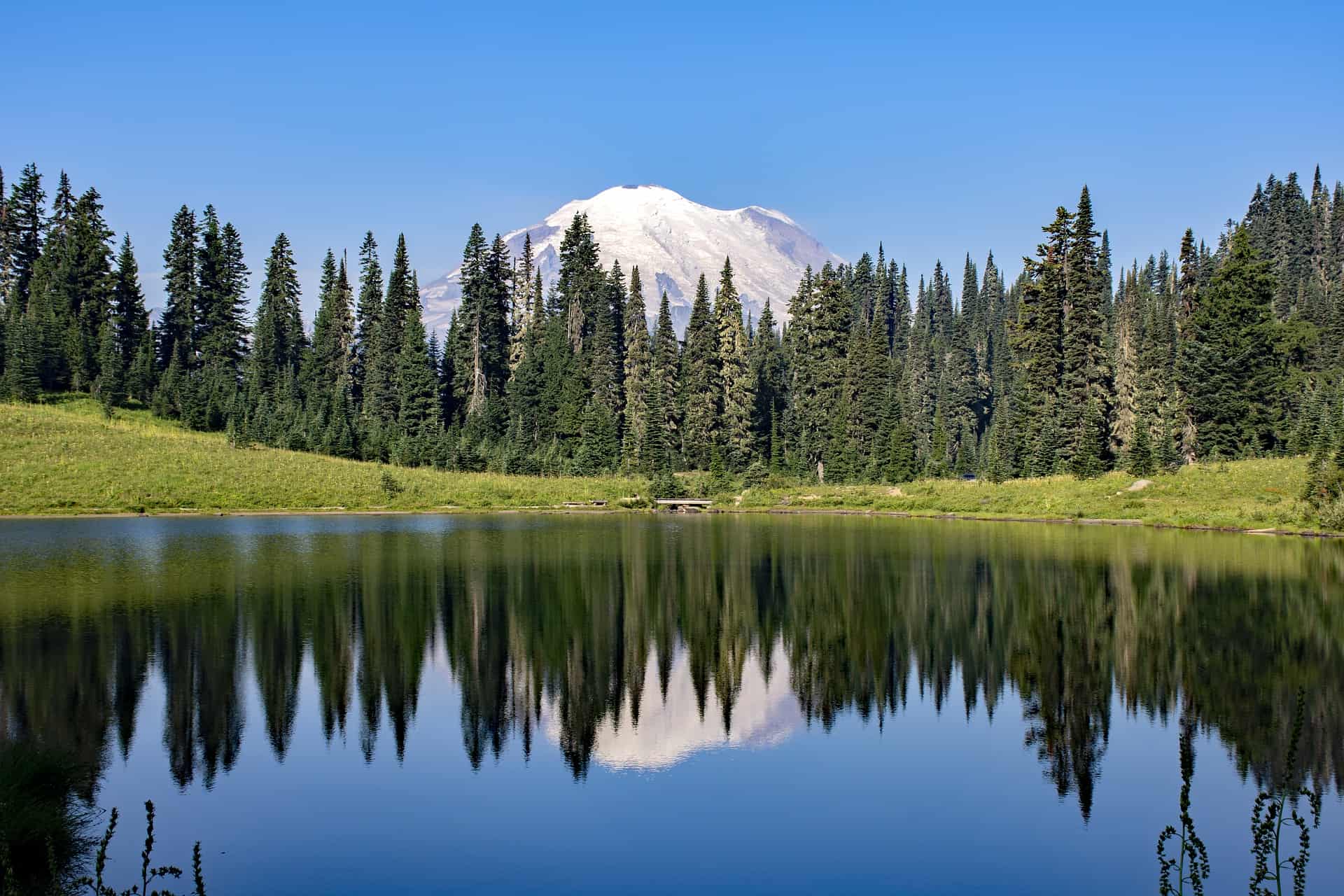
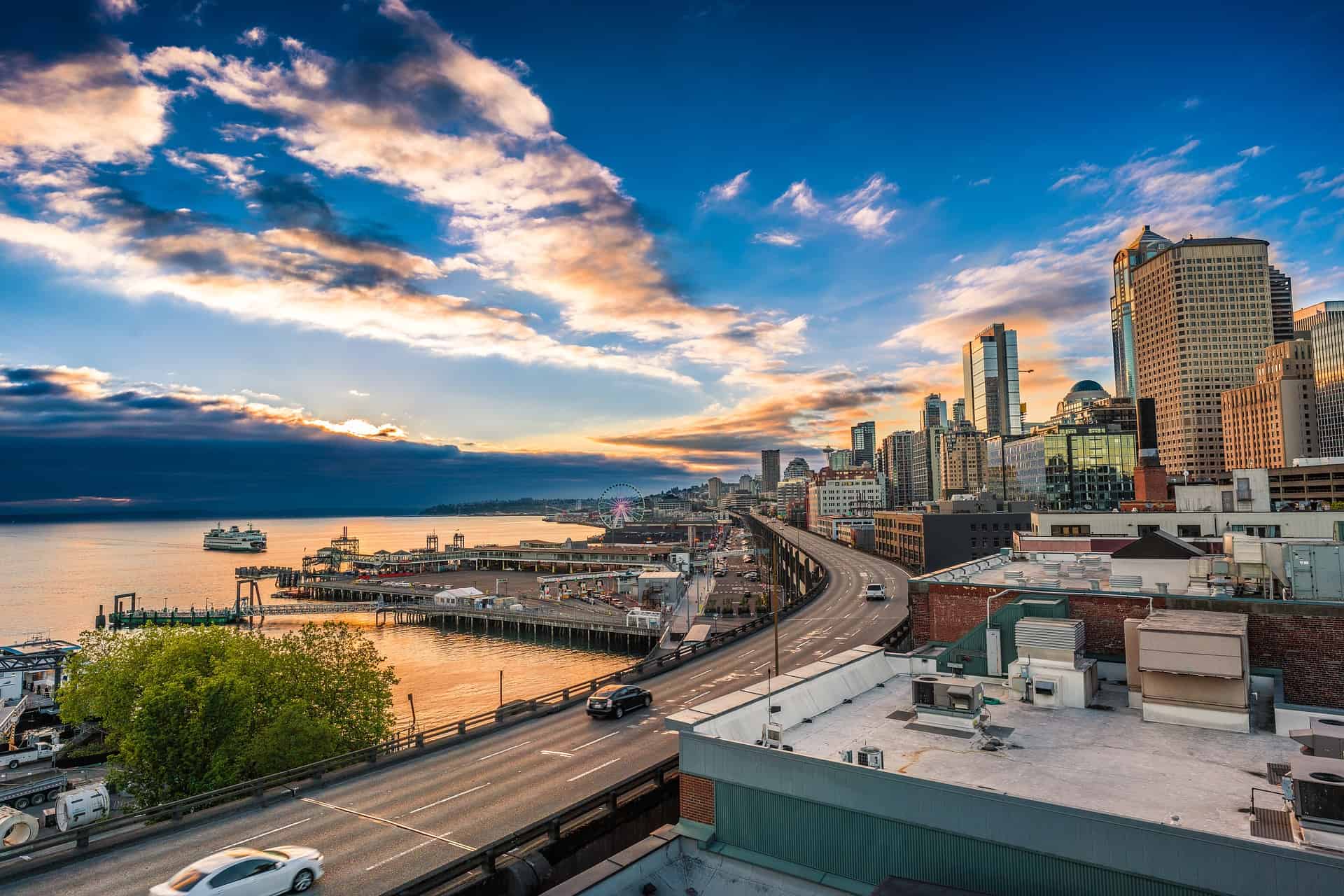
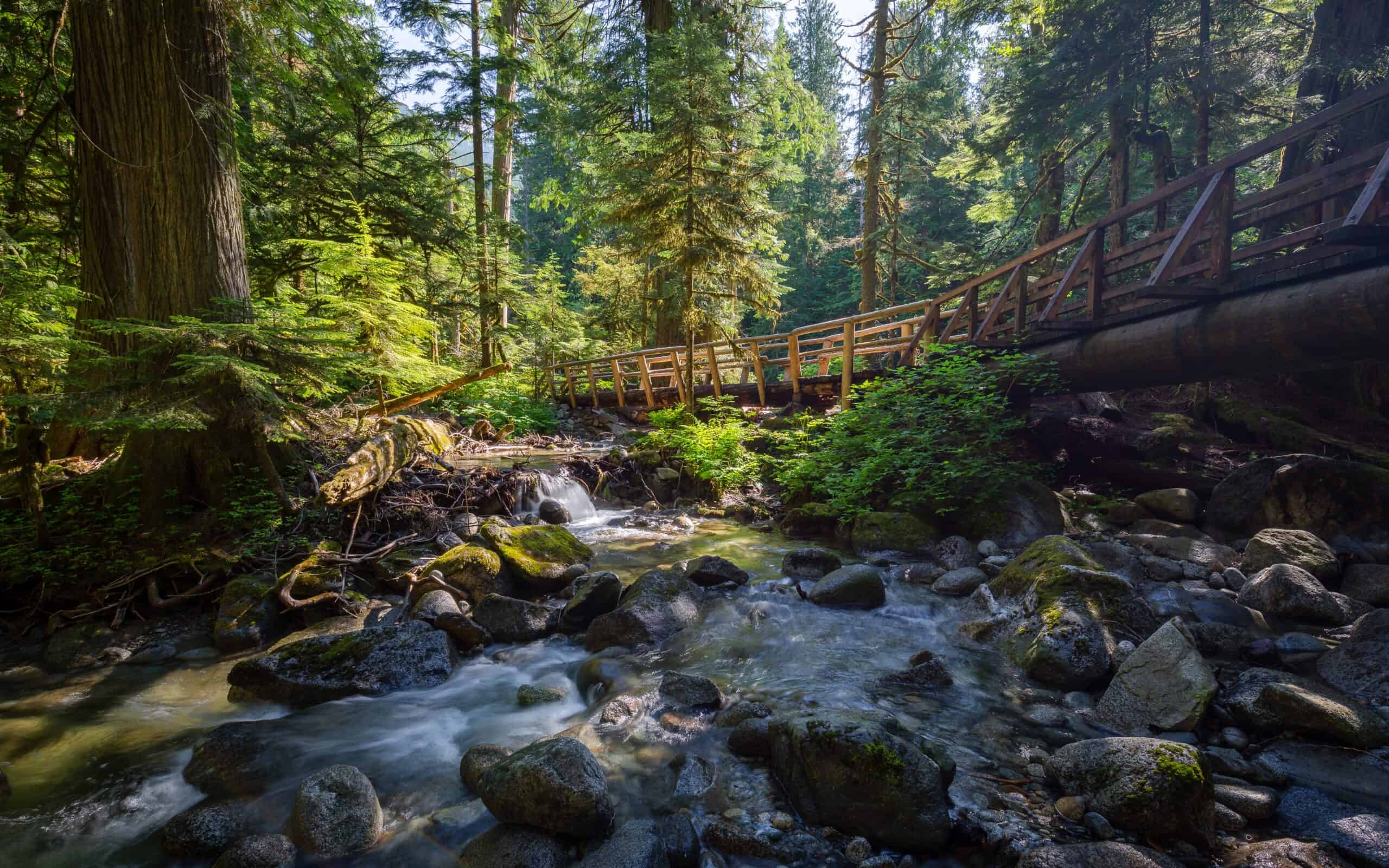
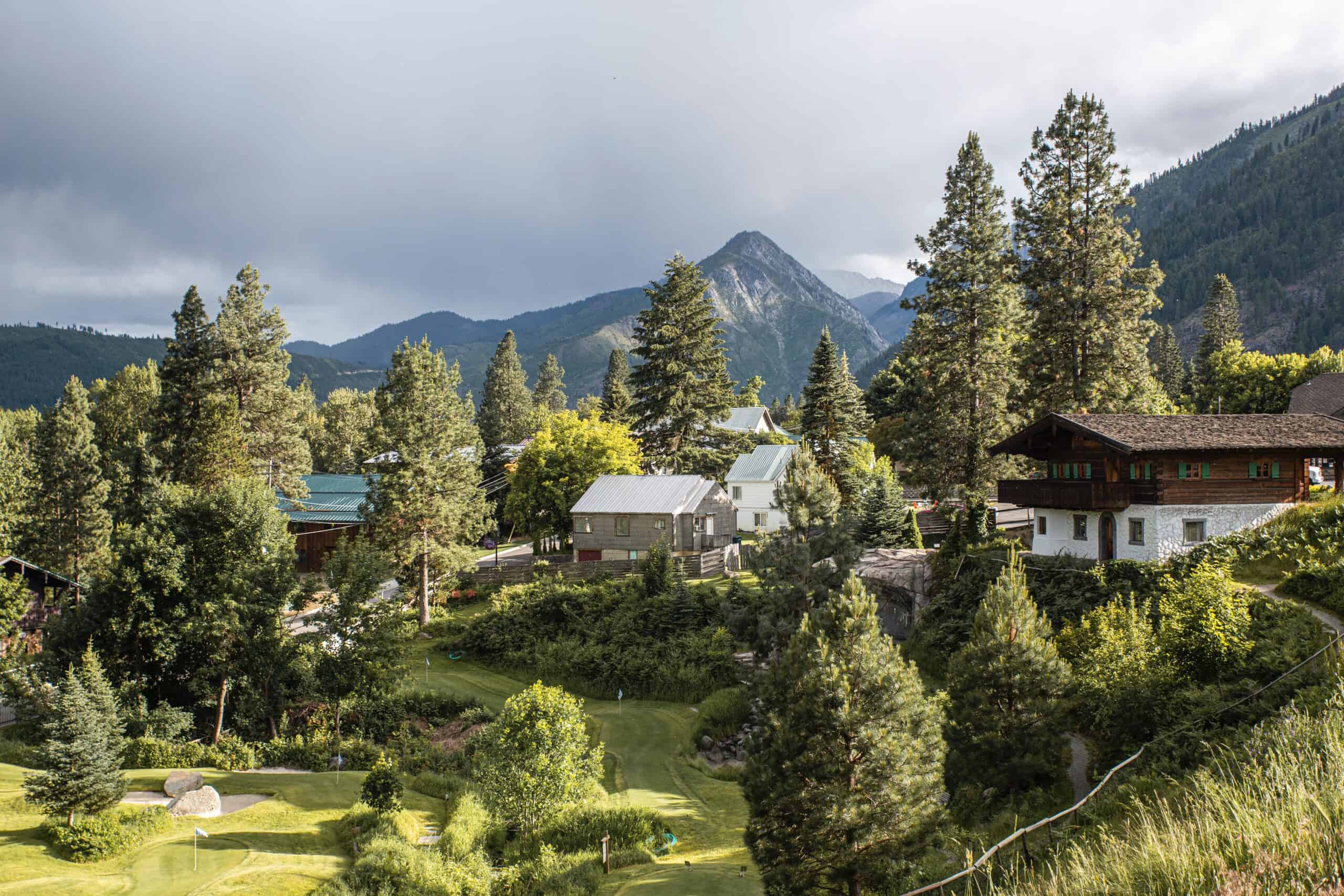
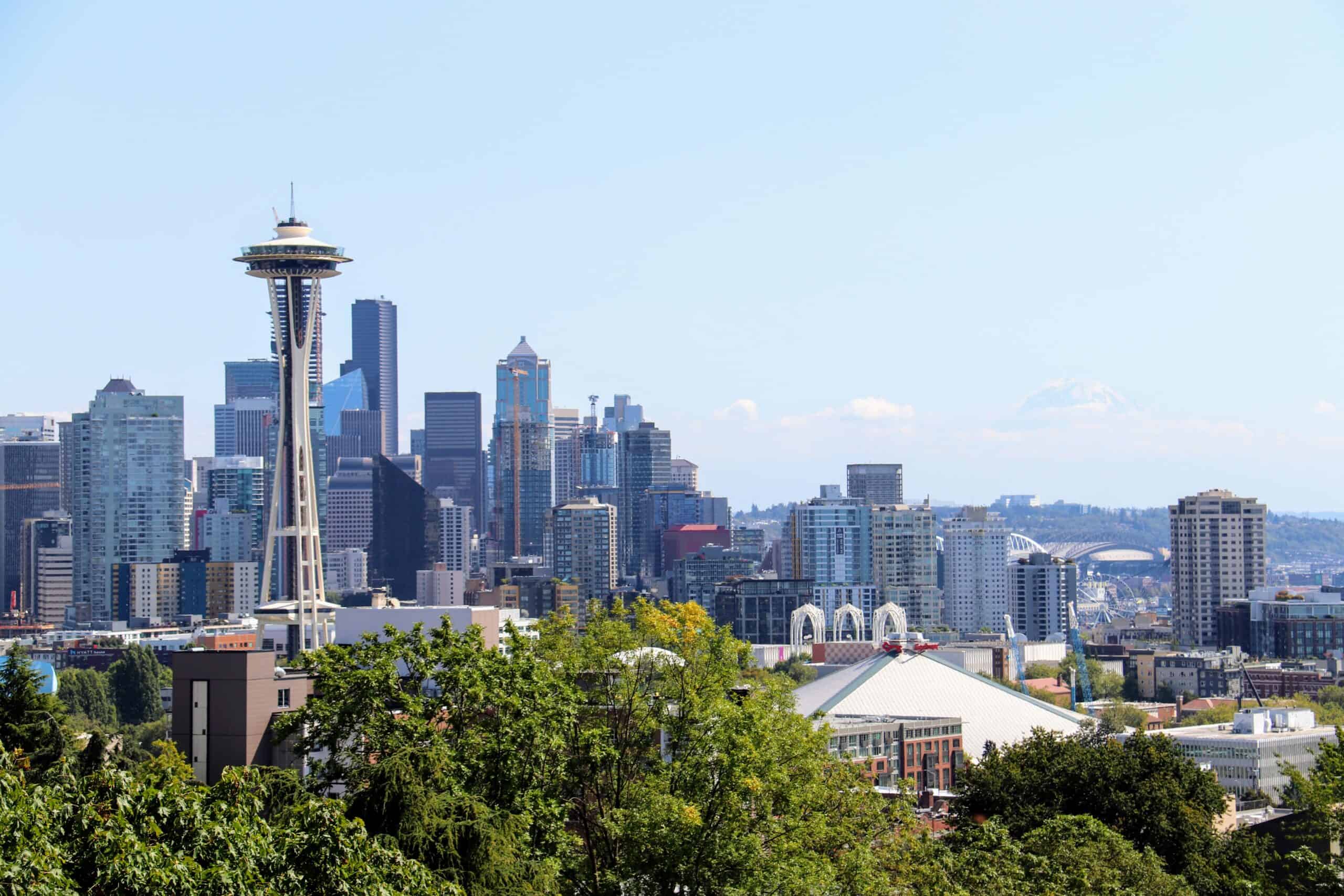
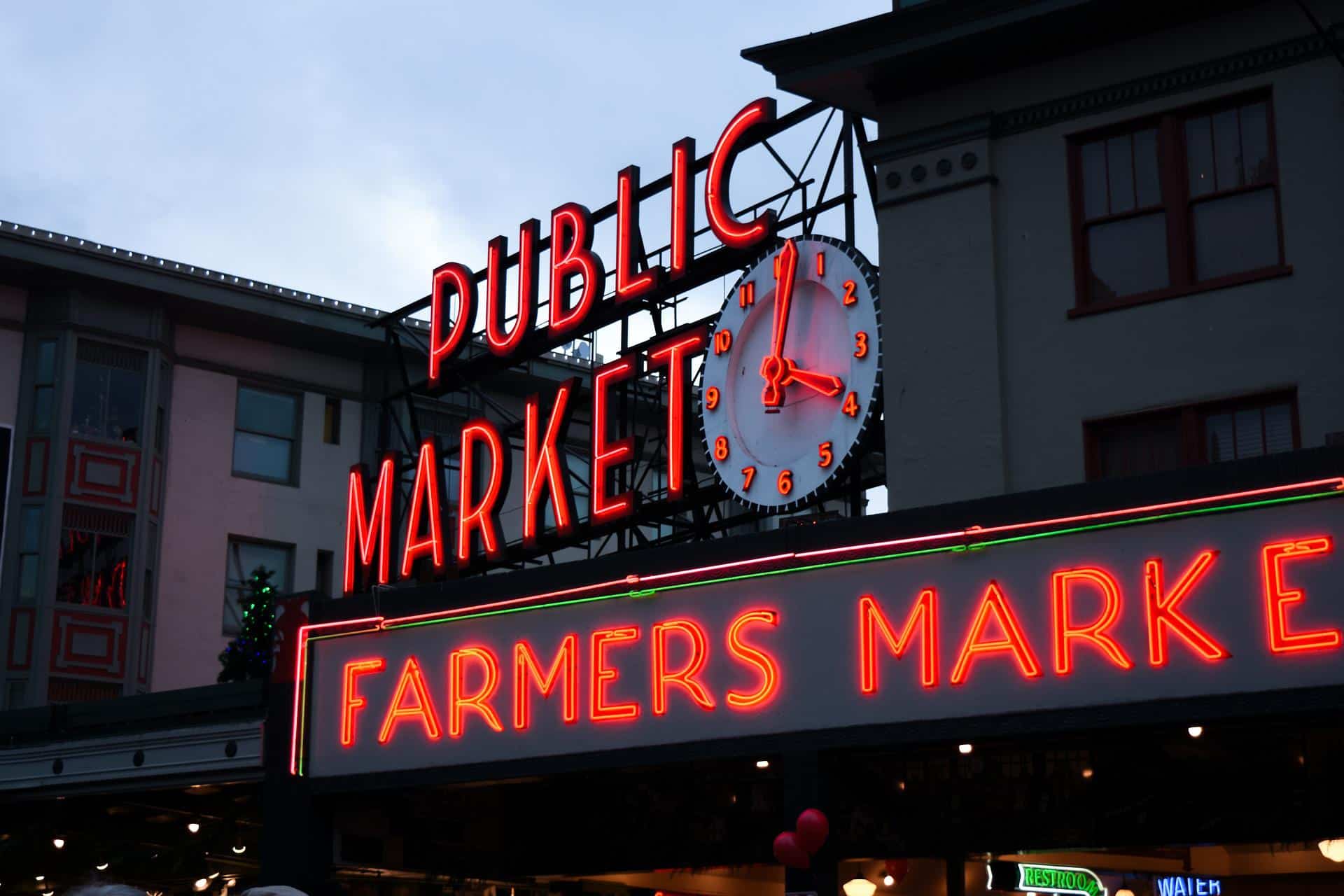


Leave a Reply